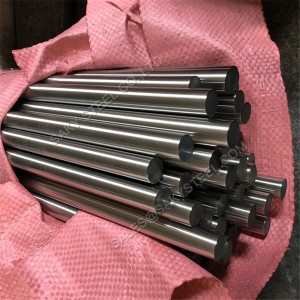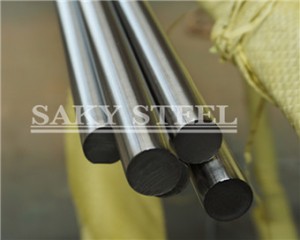When choosing a stainless steel (SS) grade for your application or prototype, it’s essential to consider whether magnetic properties are required. To make an informed decision, it’s important to grasp the factors that determine whether a stainless steel grade is magnetic or not.
Stainless steels are iron-based alloys renowned for their excellent corrosion resistance. There are various types of stainless steels, with the primary categories being austenitic (e.g., 304H20RW, 304F10250X010SL) and ferritic (commonly used in automotive applications, kitchenware, and industrial equipment). These categories have distinct chemical compositions, leading to their contrasting magnetic behaviors. Ferritic stainless steels tend to be magnetic, whereas austenitic stainless steels are not. The magnetism of ferritic stainless steel arises from two key factors: its high iron content and its underlying structural arrangement.
Transition from Non-Magnetic to Magnetic Phases in Stainless Steel
Both 304 and 316 stainless steels fall under the austenitic category, which means that when they cool, iron retains its austenite (gamma iron) form, a non-magnetic phase. Various phases of solid iron correspond to distinct crystal structures. In some other steel alloys, this high-temperature iron phase transforms into a magnetic phase during cooling. However, the presence of nickel in stainless steel alloys prevents this phase transition as the alloy cools to room temperature. As a result, stainless steel exhibits a slightly higher magnetic susceptibility than completely non-magnetic materials, although it still remains well below what is typically considered magnetic.
It’s important to note that you shouldn’t necessarily expect to measure such low magnetic susceptibility on every piece of 304 or 316 stainless steel you come across. Any process capable of altering the crystal structure of stainless steel can cause austenite to convert into the ferromagnetic martensite or ferrite forms of iron. Such processes include cold working and welding. Additionally, austenite can spontaneously transform into martensite at lower temperatures. To add complexity, the magnetic properties of these alloys are influenced by their composition. Even within the allowable ranges of variation in nickel and chromium content, noticeable differences in magnetic properties can be observed for a specific alloy.
Practical Considerations for Removing Stainless Steel Particles
Both 304 and 316 stainless steel exhibit paramagnetic characteristics. Consequently, small particles, such as spheres with diameters ranging from approximately 0.1 to 3mm, can be drawn towards powerful magnetic separators strategically placed within the product stream. Depending on their weight and, more importantly, their weight relative to the strength of the magnetic attraction, these tiny particles will adhere to the magnets during the production process.
Subsequently, these particles can be effectively removed during routine magnet cleaning operations. Based on our practical observations, we’ve found that 304 stainless steel particles are more likely to be retained in the flow compared to 316 stainless steel particles. This is primarily attributed to the slightly higher magnetic nature of 304 stainless steel, which makes it more responsive to magnetic separation techniques.
Post time: Sep-18-2023

